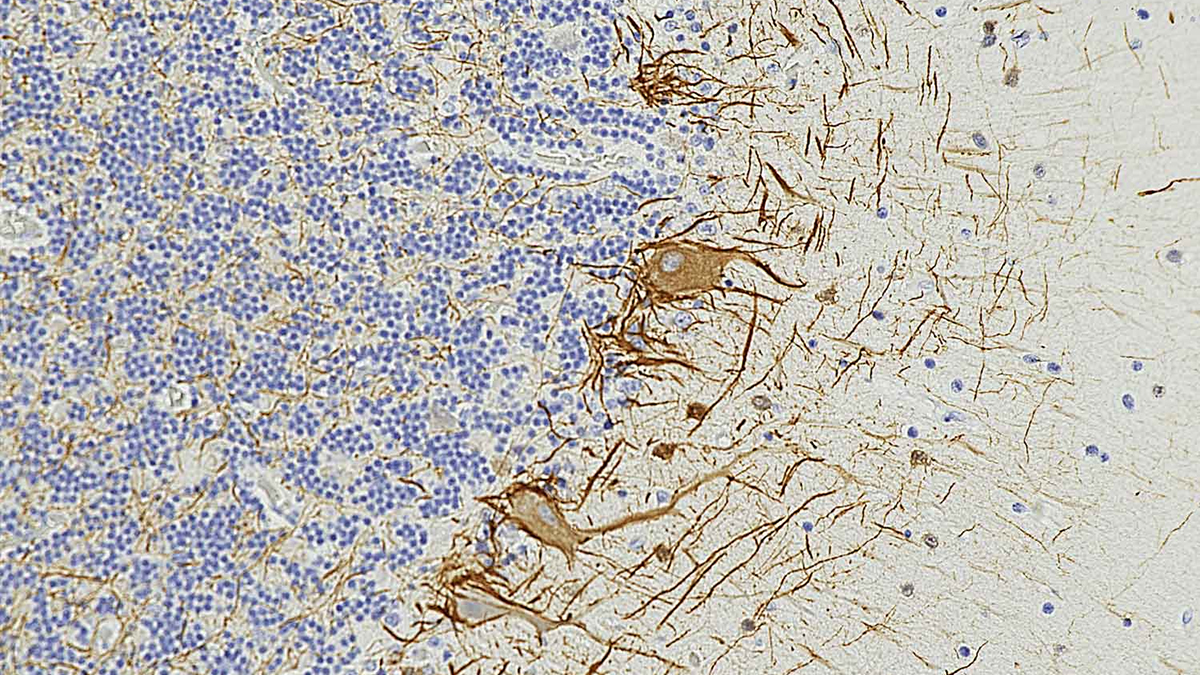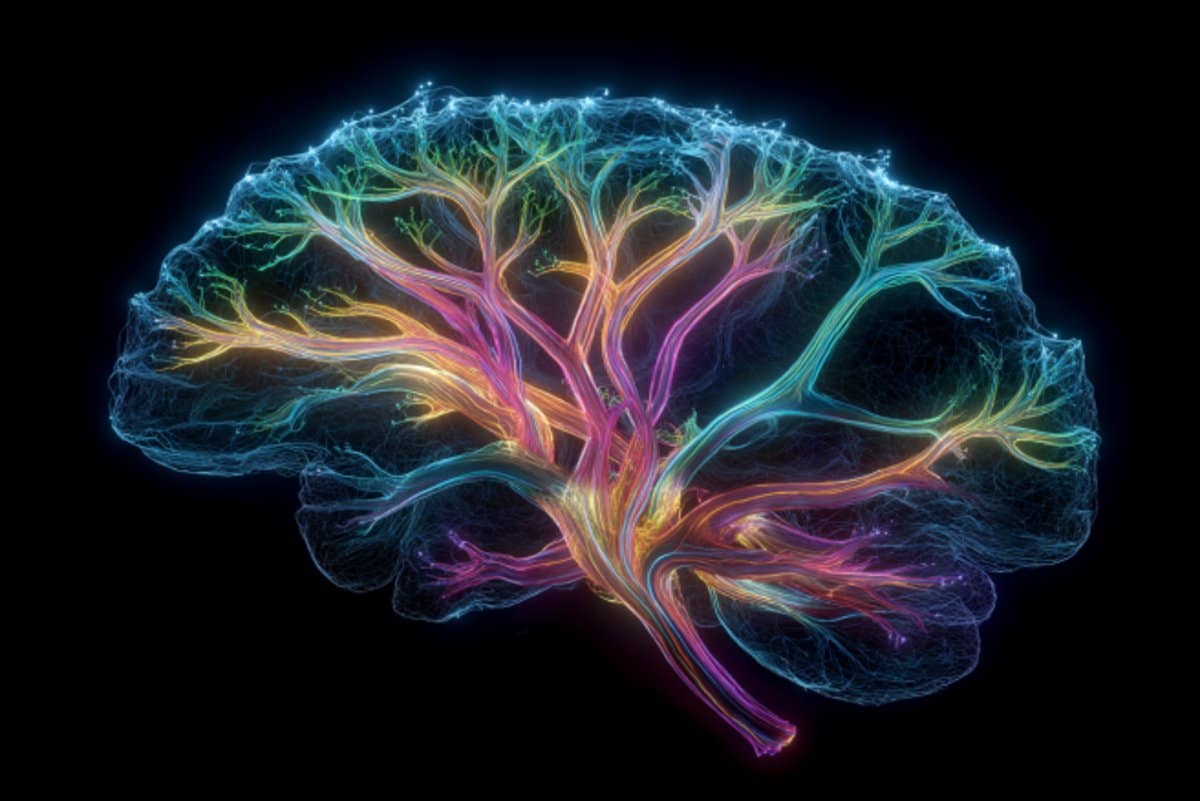Summary: New research suggests that psychedelic drugs may work by strengthening specific brain connections linked to memory and cognition. Scientists found that under psychedelic exposure, neurons in the claustrum—a region dense with psychedelic-sensitive receptors—intensified their communication with the anterior cingulate cortex, a region involved in mood and psychiatric disorders.
This strengthening did not occur under normal conditions, suggesting psychedelics uniquely promote synaptic plasticity in key neural circuits. The findings provide a potential explanation for why psychedelic experiences are often intensely memorable and may support lasting therapeutic effects.
Key Facts
- Target Region: Psychedelics enhance activity in the claustrum, a brain hub rich in serotonin receptors.
- Memory Encoding: Under psychedelics, connections between the claustrum and anterior cingulate cortex strengthen—possibly encoding vivid memories.
- Therapeutic Mechanism: This rewiring may help explain why psychedelic experiences aid recovery in depression, PTSD, and anxiety.
Source: SfN
Using psychedelics to treat psychiatric diseases has become less controversial as scientists continue to reveal their underlying mechanisms.
In a new eNeuro paper, researchers led by Pavel Ortinski, from the University of Kentucky, used male rats to assess how psychedelic drugs target the claustrum, a brain region with many receptors that psychedelics interact with.
The researchers found that activating claustrum neurons targeting a cognitive area implicated in psychiatric diseases (the anterior cingulate cortex) under psychedelic drug exposure strengthened projections onto these claustrum neurons.
This did not occur when activating the neurons in normal conditions.
Says Ortinski, “One idea is that the intensely memorable experience common during psychedelic ‘trips’ is critical for success in psychiatric treatment.
“Neurons are thought to encode memories by strengthening their connections with other neurons, so this pathway may be the mechanism through which psychedelics intensify memories.”
Ortinski hopes to continue exploring whether this mechanism contributes to the success of psychedelics in alleviating psychiatric disease symptoms.
Key Questions Answered:
A: They appear to strengthen communication between brain regions that process memory and emotion, potentially stabilizing new, healthier neural pathways.
A: The claustrum acts as a coordination hub; under psychedelics, it enhances its output to the anterior cingulate cortex, amplifying memory-related neural activity.
A: The drugs may heighten the brain’s ability to form strong memory traces, embedding emotionally charged or transformative experiences more deeply.
About this psychopharmacology research news
Author: SfN Media
Source: SfN
Contact: SfN Media – SfN
Image: The image is credited to Neuroscience News
Original Research: Closed access.
“Psychedelics Reverse the Polarity of Long-Term Synaptic Plasticity in Cortical-Projecting Claustrum Neurons” by Pavel Ortinski et al. eNeuro
Abstract
Psychedelics Reverse the Polarity of Long-Term Synaptic Plasticity in Cortical-Projecting Claustrum Neurons
Psychedelic drugs have garnered increasing attention for their therapeutic potential in treating a variety of psychiatric diseases, such as depression, anxiety, and substance use disorder.
The claustrum (CLA), a brain area with remarkable interconnectivity to frontal cortices, has recently been shown to have a dense population of serotonin 2 receptors (5-HT2Rs) that are activated by psychedelics.
Because psychedelic therapy can require as little as one treatment session, it has been speculated that psychedelics achieve their long-term remedial effects by inducing neuroplasticity in brain areas responsible for psychiatric disease states, such as the anterior cingulate cortex (ACC).
However, the effects of psychedelics on synaptic plasticity in serotonin receptor-rich brain areas remain entirely unexplored.
We applied pre-synaptic stimuli paired with post-synaptic action potentials to a subpopulation of CLA neurons projecting to ACC in male rats to find that the psychedelic drug, DOI, reverses the polarity of synaptic plasticity from long-term depression (LTD) to long-term potentiation (LTP) in a manner that may reflect contribution of excitatory or inhibitory neurotransmission, but is specific to synapses activated by local electrical stimulation.
Additionally, we characterize intrinsic electrophysiological properties of CLA-ACC neurons with and without DOI application, noting several changes to action potential dynamics induced by DOI.
These findings align with the view that psychedelics induce rapid and lasting synaptic plasticity and strengthen the hypothesis that claustro-cortical circuits are highly sensitive to psychedelic drug action.
First Appeared on
Source link













